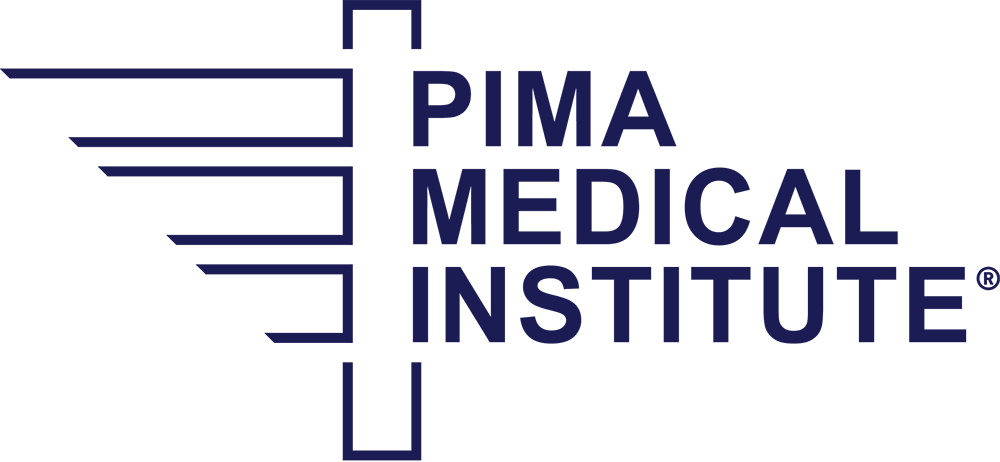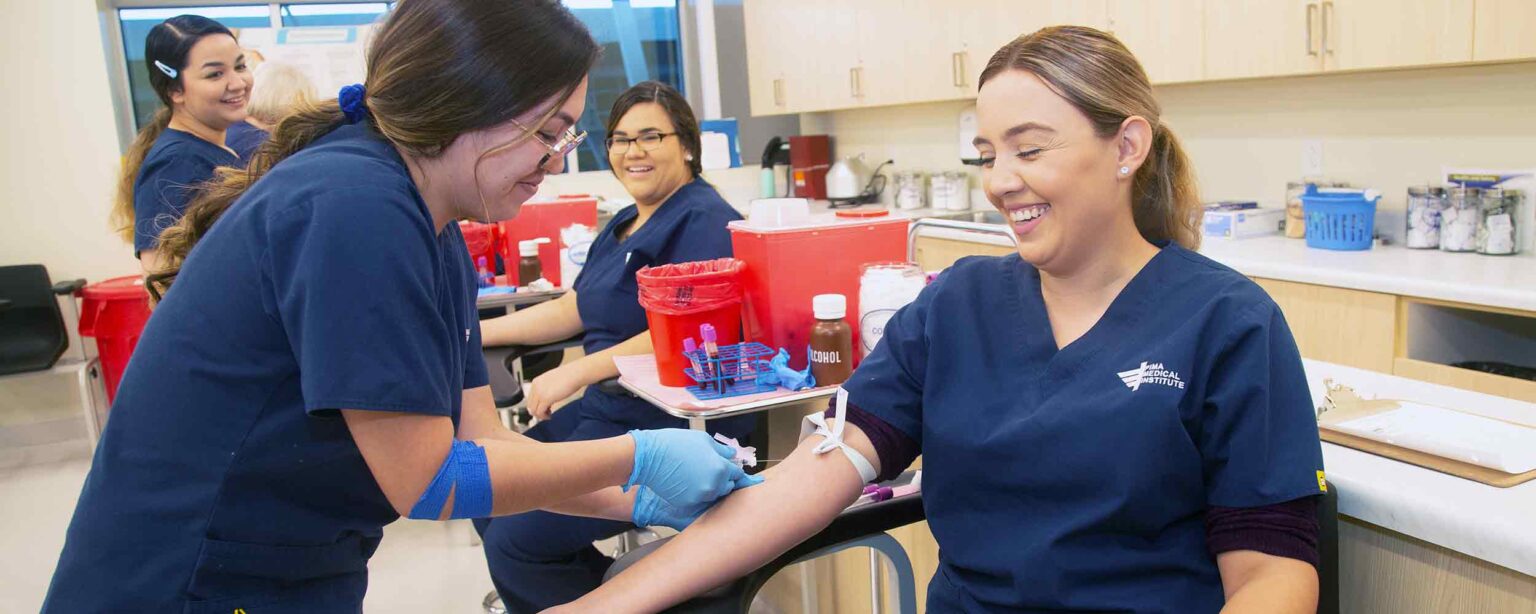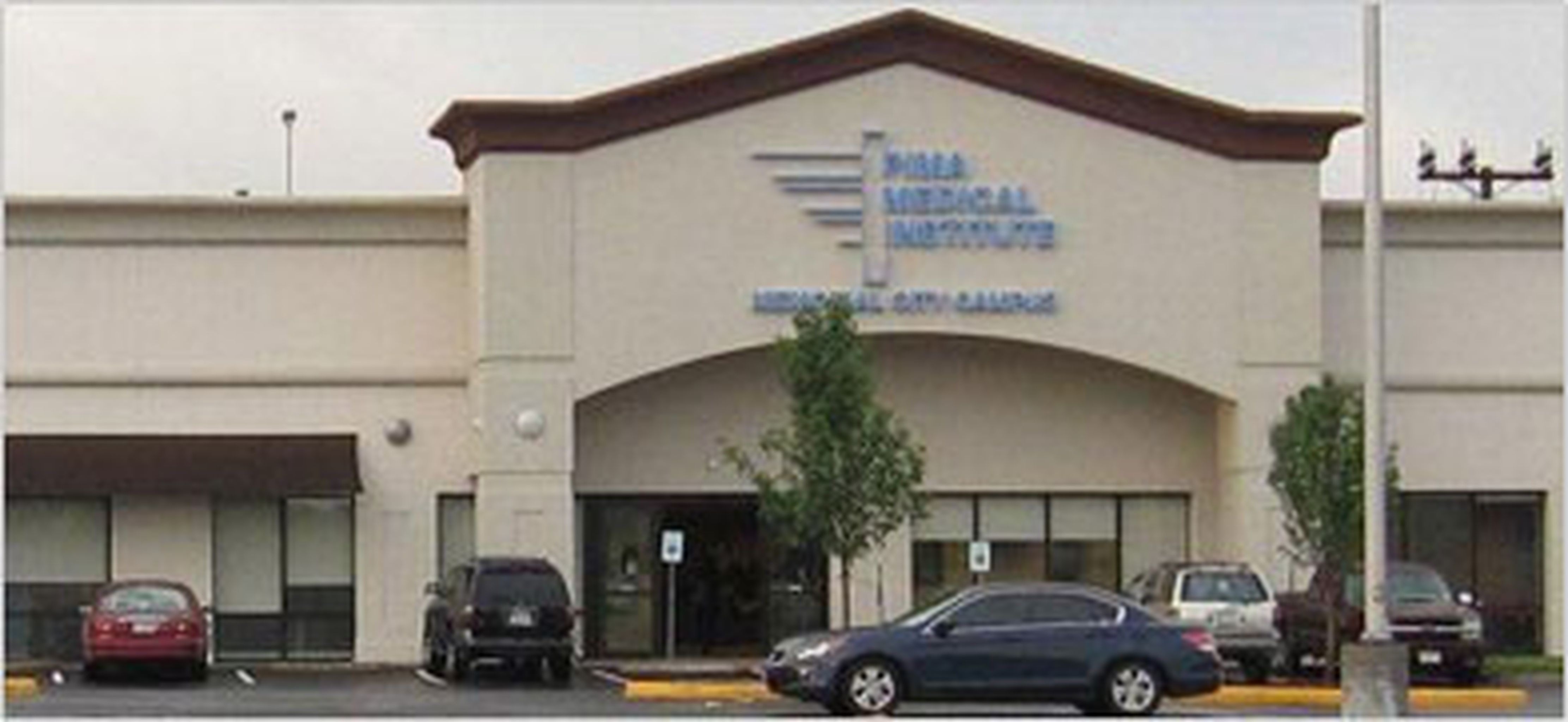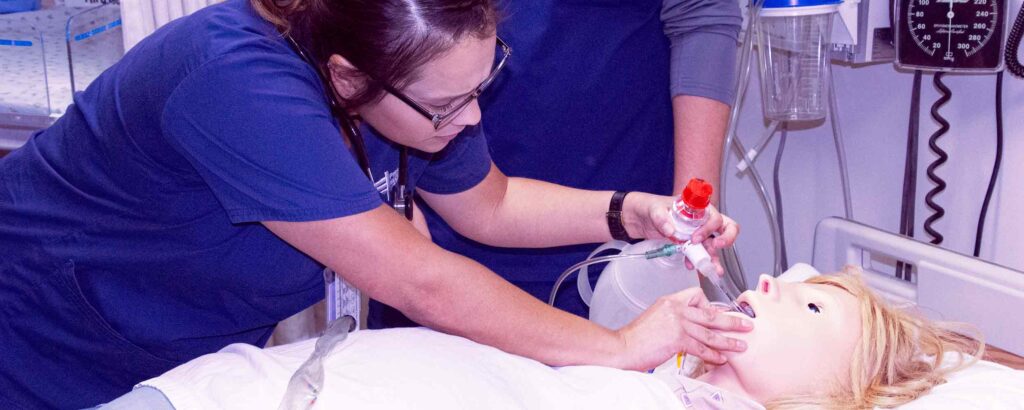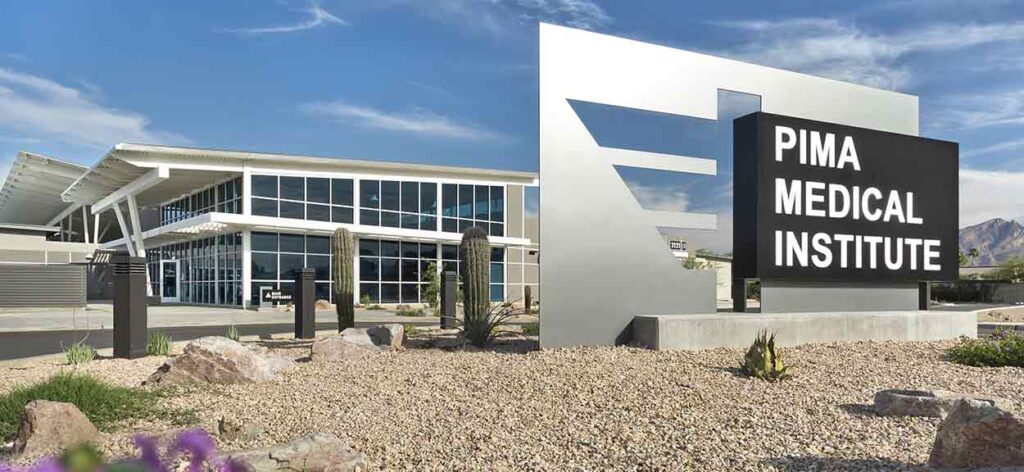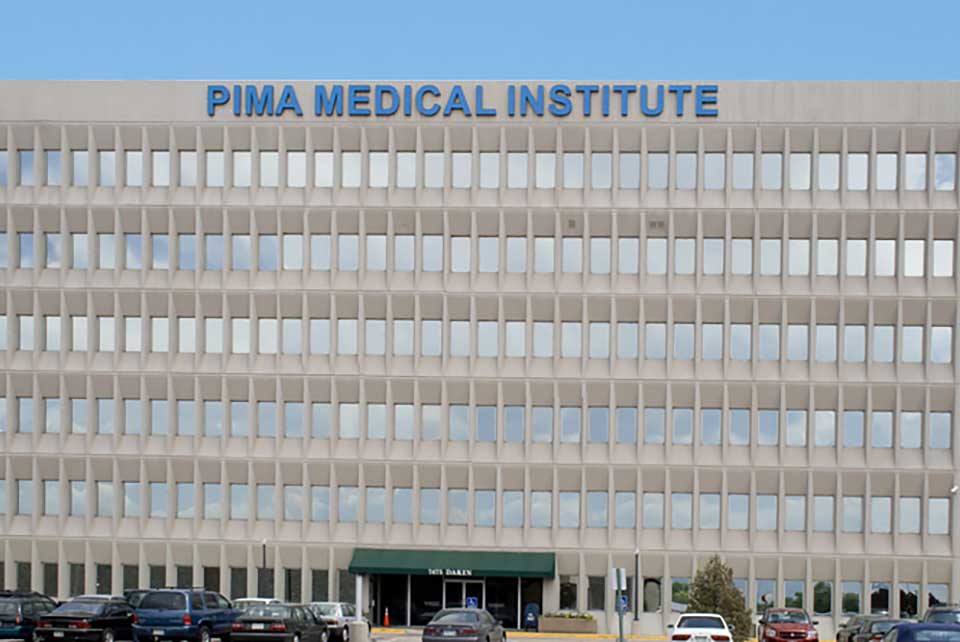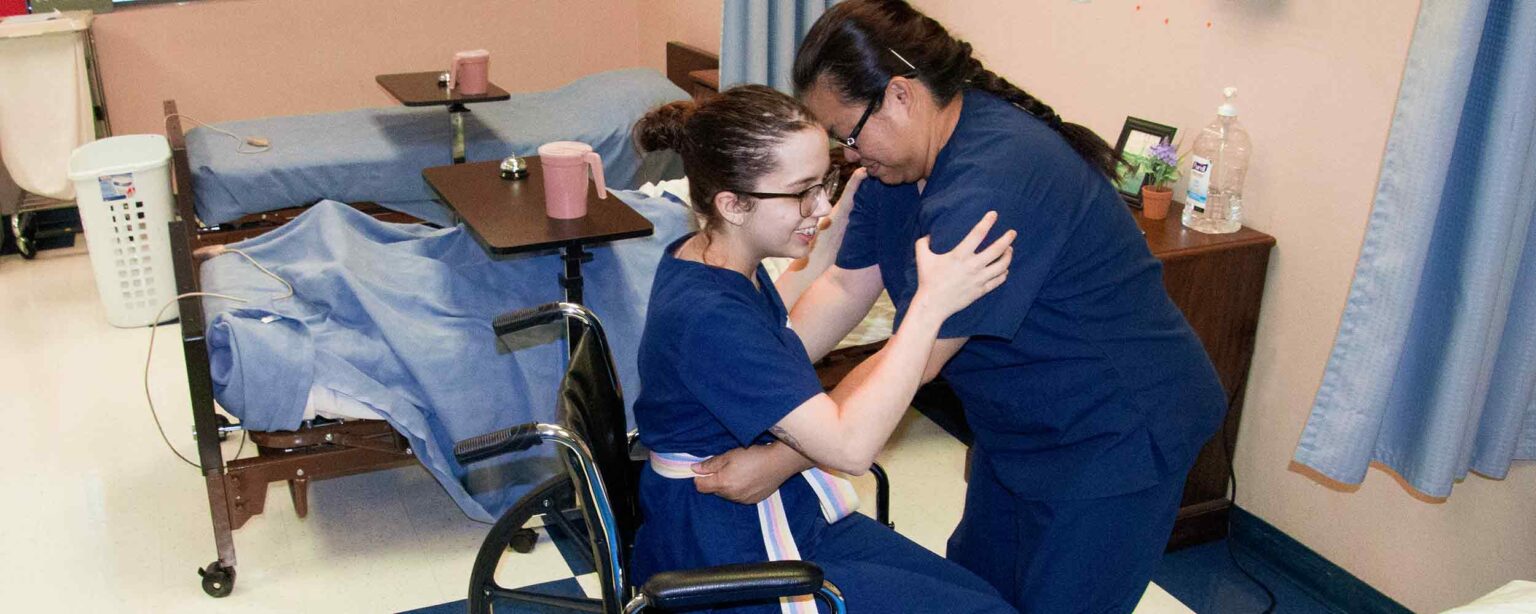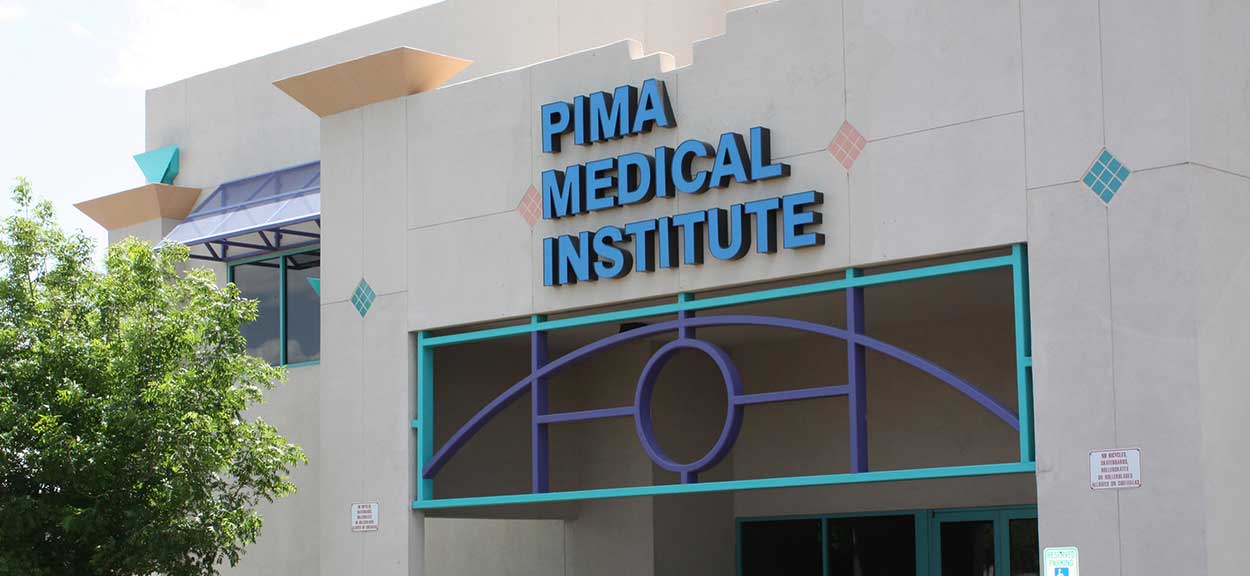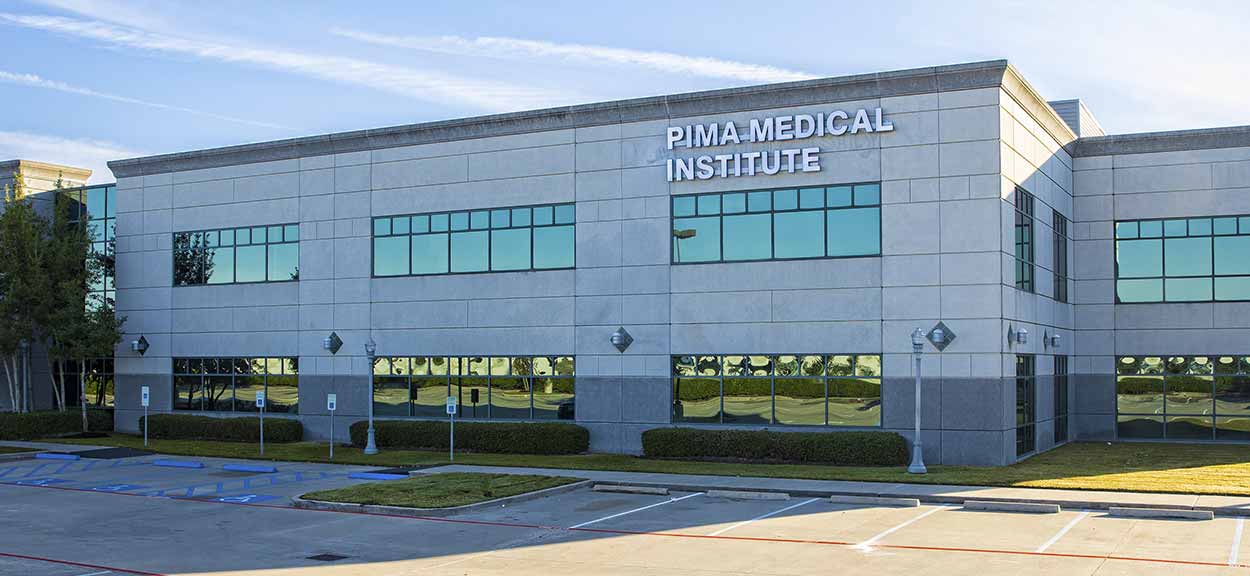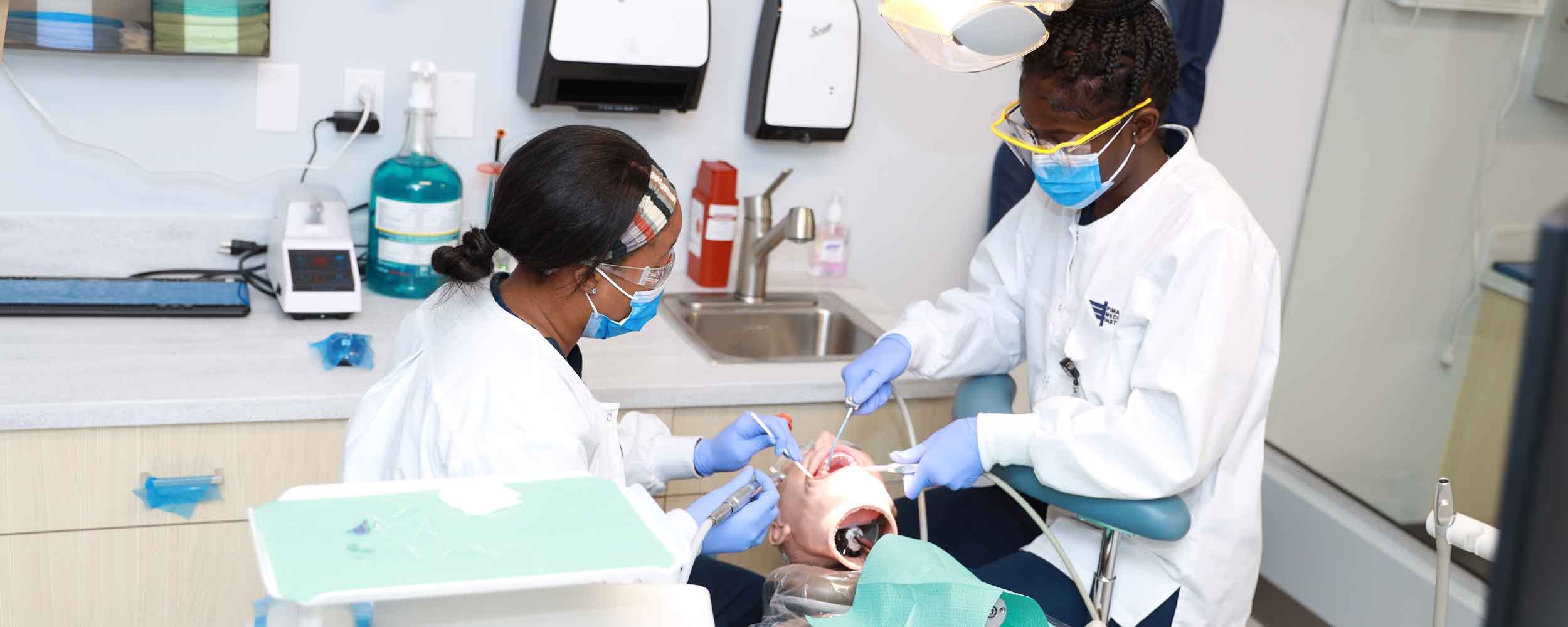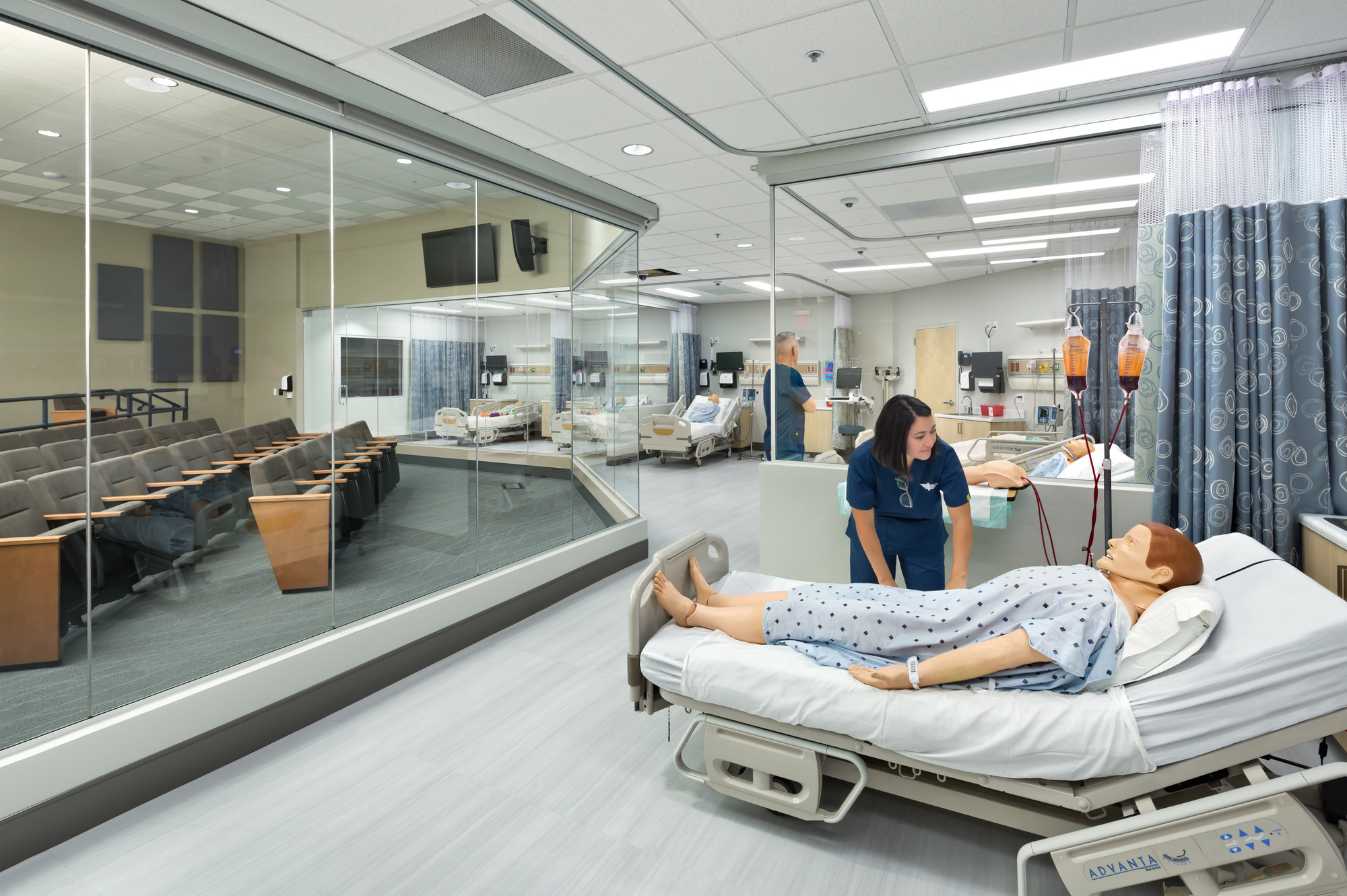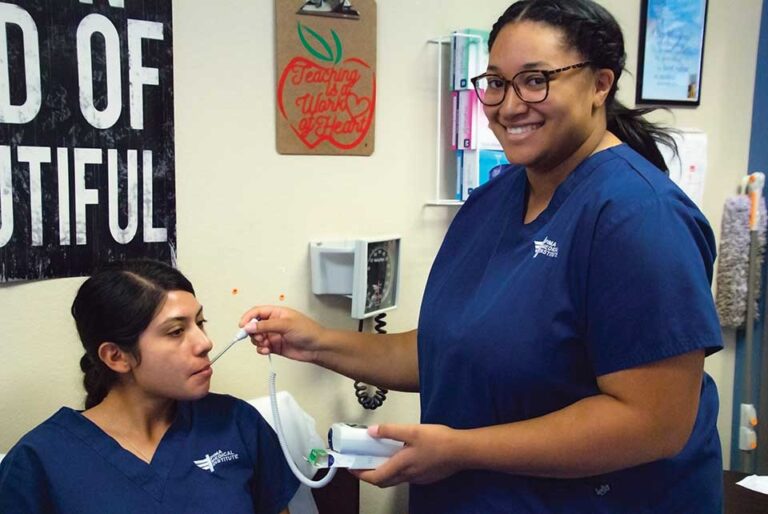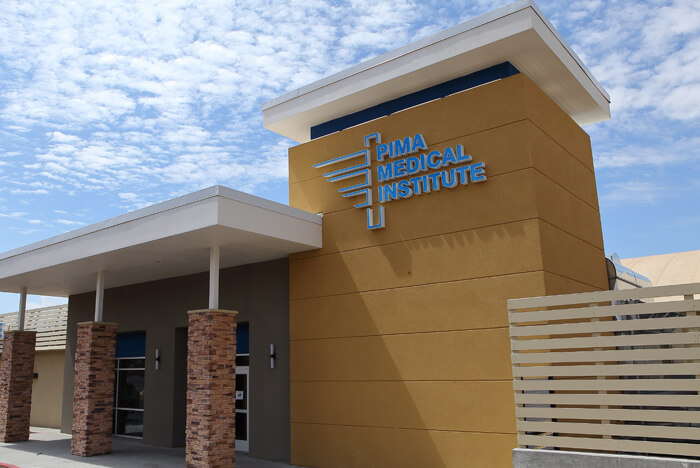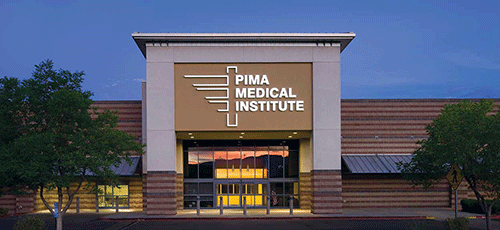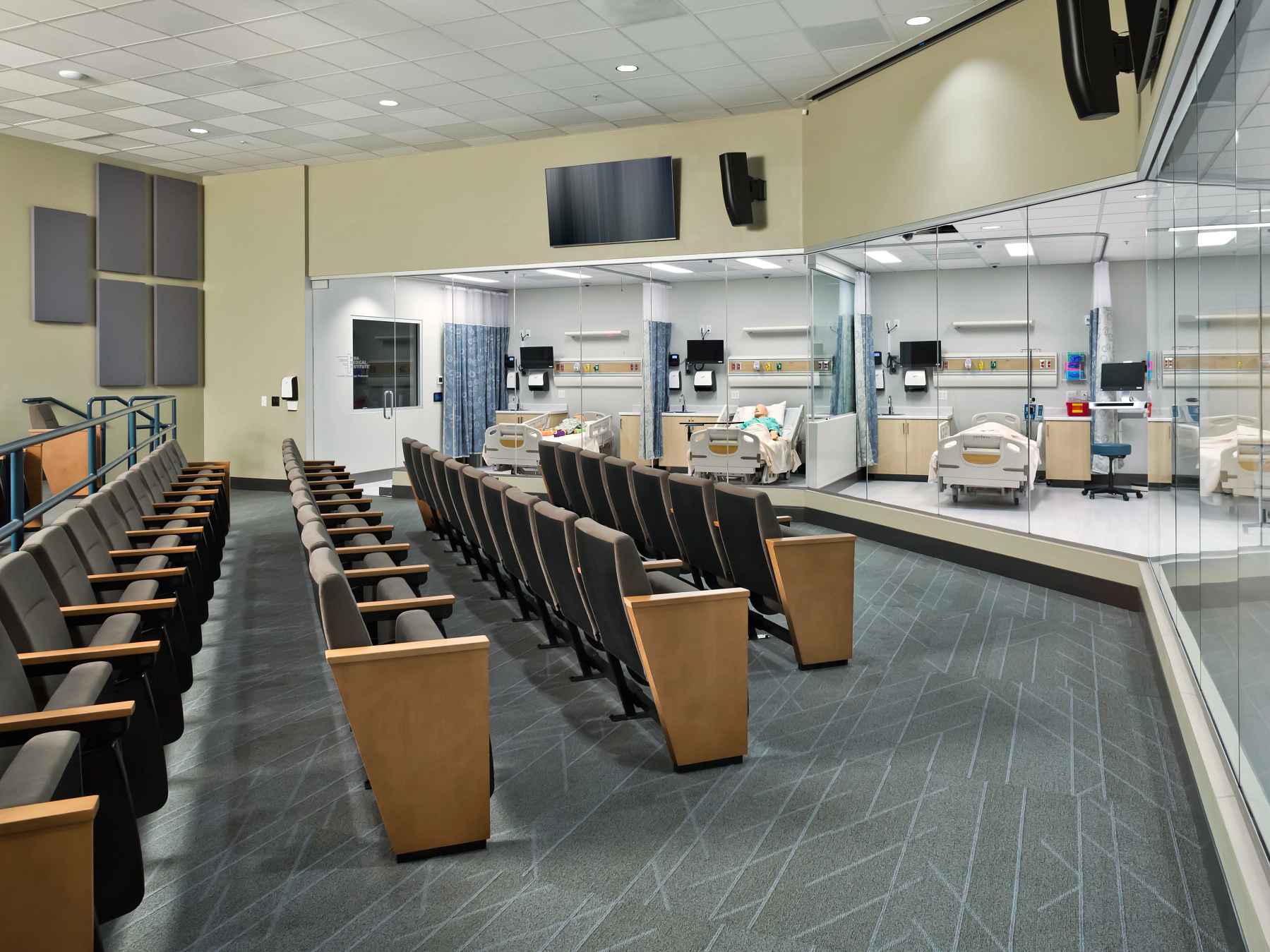Pima Medical Institute Nursing Cost

Imagine stepping into a bustling healthcare facility, the air filled with purpose and compassion. Nurses, the backbone of patient care, move with practiced grace, their knowledge and empathy a beacon of hope. The path to becoming one of these vital professionals, however, can feel daunting, especially when considering the financial commitment involved.
This article delves into the cost of pursuing a nursing education at Pima Medical Institute, exploring the factors influencing tuition and offering insights to help prospective students navigate their options. Understanding the investment required is a crucial first step towards a rewarding career dedicated to helping others.
Understanding the Investment: Pima Medical Institute's Nursing Programs
Pima Medical Institute offers a variety of nursing programs designed to meet diverse career goals. These range from Practical Nursing programs to Associate of Applied Science in Nursing (AAS) degrees, each with a corresponding tuition structure reflecting the program's length and comprehensiveness.
Tuition costs vary depending on the specific program and location. While it's difficult to provide an exact figure without knowing the specific program and location a prospective student is interested in, it's generally acknowledged that healthcare education represents a substantial investment.
Several factors contribute to the overall cost of a nursing program. These include tuition fees, textbooks, lab fees, uniforms, and clinical supplies.
Breaking Down the Costs
Tuition typically constitutes the largest portion of the expenses. It covers the cost of instruction, access to campus resources, and administrative support throughout the program.
Textbooks and learning materials can also add a significant amount to the total investment. Budgeting for these resources is essential for academic success.
Lab fees cover the cost of using specialized equipment and facilities during practical training. Uniforms and clinical supplies are necessary for hands-on experience in healthcare settings.
"Investing in your education is investing in your future,"a common sentiment echoed by faculty and alumni alike, underscores the long-term benefits of a nursing career.
Navigating Financial Aid and Scholarship Opportunities
Recognizing the financial challenges students face, Pima Medical Institute provides resources to explore various financial aid options. These may include federal student loans, grants, and scholarships.
The institute's financial aid advisors work closely with students to assess their eligibility for assistance programs. They guide students through the application process, helping them understand the terms and conditions of each financial aid option.
Exploring scholarship opportunities, both internal and external, is highly recommended. Many organizations offer scholarships specifically for nursing students, easing the financial burden of tuition.
The Value of a Nursing Education
While the cost of a nursing education can seem substantial, it's crucial to consider the long-term value and potential return on investment. Registered Nurses are in high demand, offering job security and competitive salaries.
Furthermore, a nursing career provides intrinsic rewards, allowing individuals to make a tangible difference in the lives of others. The opportunity to provide compassionate care and support patients during vulnerable times is a privilege for many nurses.
Pima Medical Institute emphasizes preparing graduates for real-world healthcare settings. Clinical rotations and hands-on training provide invaluable experience, equipping students with the skills and confidence to excel in their careers.
Graduates frequently cite the supportive learning environment and dedicated faculty as key factors in their success. The institute's commitment to student support extends beyond academics, encompassing career services and professional development resources.
Choosing a nursing program is a significant decision that requires careful consideration of various factors, including cost. By understanding the financial implications and exploring available resources, prospective students can make informed choices and embark on a fulfilling and impactful career in nursing.
Ultimately, the cost of a nursing education is an investment in oneself and in the well-being of the community. It’s a pathway to a profession that blends scientific knowledge with heartfelt compassion.
